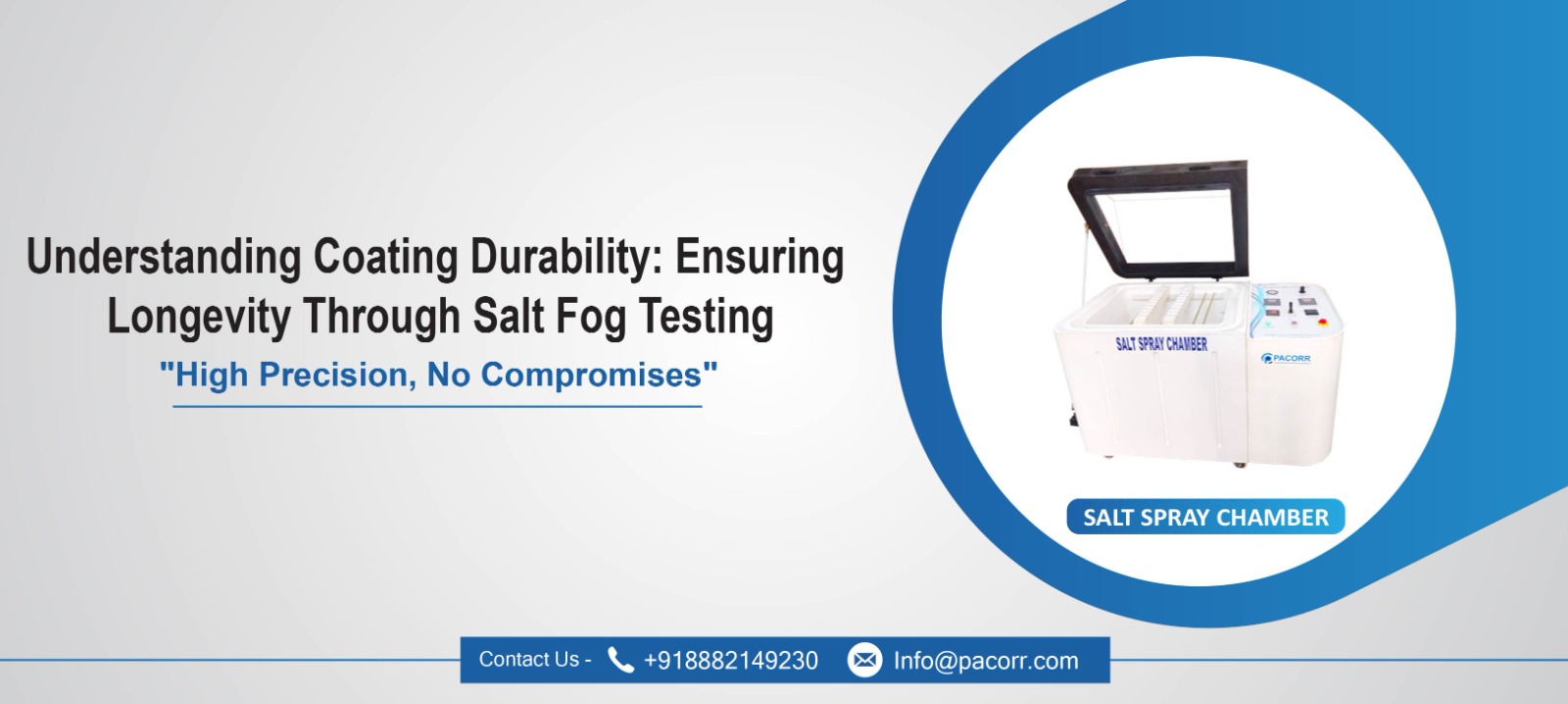
 The longevity of coatings is a critical factor in ensuring the protection and longevity of various surfaces, from industrial machinery to everyday household appliances. Determining how long a coating will last under harsh environmental conditions can be challenging but is crucial for making informed decisions. One method employed to assess a coating's durability and resistance is the salt fog test, a widely recognized method within the coatings industry.
The longevity of coatings is a critical factor in ensuring the protection and longevity of various surfaces, from industrial machinery to everyday household appliances. Determining how long a coating will last under harsh environmental conditions can be challenging but is crucial for making informed decisions. One method employed to assess a coating's durability and resistance is the salt fog test, a widely recognized method within the coatings industry.
The Science Behind Salt Fog Testing
The salt fog test, also known as salt spray testing or salt corrosion testing, is a standardized procedure used to simulate and assess a coating's corrosion resistance. This test subjects the coated material to a controlled corrosive environment by exposing it to a dense saline fog. The aim is to replicate the effects of harsh environmental conditions, such as those found in coastal or marine environments, where exposure to salt-laden air can accelerate corrosion.
How Does the Test Work?
During the salt fog test, samples with the applied coating are placed within a chamber where a saltwater solution is atomized to create a fog. This fog settles on the samples, creating a corrosive environment. The duration of the test varies depending on the industry standards and the intended application of the coating. It could range from a few hours to several weeks.
The samples are periodically inspected and evaluated for signs of corrosion, such as blistering, rust formation, or any other visible degradation. The extent and severity of the corrosion provide valuable insights into the coating's ability to withstand corrosive elements, helping estimate its potential lifespan in real-world conditions.
Interpreting Test Results
The performance of a coating during the salt fog test is typically measured against specific standards set by relevant regulatory bodies or industry associations. These standards outline the criteria for assessing the coating's resistance to corrosion and its expected durability.
Results from the test are expressed in terms of hours endured before visible signs of corrosion appear. For instance, a coating that endures 500 hours in a salt fog test may be deemed suitable for moderate environmental conditions, while coatings enduring 1000 hours or more might be considered highly durable for harsher environments.
Limitations and Considerations
While the salt fog test is a valuable tool in predicting a coating's performance, it's important to note that real-world conditions can vary significantly from the controlled environment of the test chamber. Factors such as temperature fluctuations, UV exposure, pollutants, and other environmental variables can influence a coating's durability differently than the test predicts.
Additionally, the test doesn't account for the mechanical wear and tear that coatings may experience during usage, which can also impact their longevity.
In summary, the salt fog test serves as a vital method for assessing the corrosion resistance and durability of coatings. By subjecting samples to controlled corrosive environments, this test aids in estimating how well a coating will withstand harsh conditions, providing a valuable indicator of its potential lifespan.
However, while the salt fog test offers valuable insights, it's essential to consider it as part of a broader evaluation process. Real-world conditions and additional factors must be taken into account when determining the expected lifespan and performance of coatings in practical applications. Nevertheless, utilizing this test can greatly aid in making informed decisions regarding the selection of coatings for various surfaces, ensuring durability and protection against corrosion.
Thanks to Pacorr Testing instruments, we have all the required quality testing instruments that have helped us to ensure the best quality delivered to our clients.

Danish
Fair Exports Pvt. Ltd.

